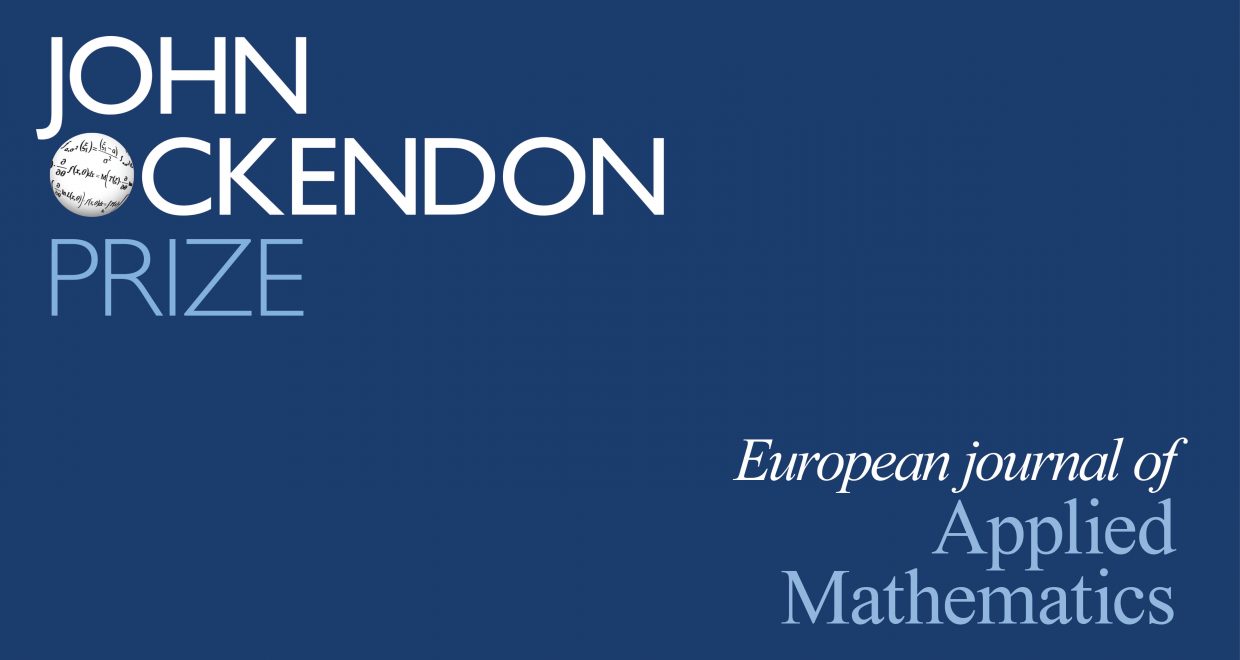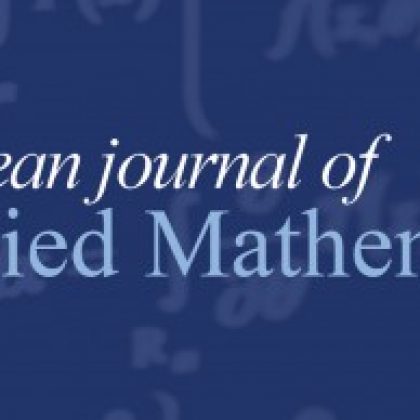John Ockendon Prize 2022 winner announced
The John Ockendon Prize, named after the founding editor of the European Journal of Applied Mathematics, launched in 2016. This award recognises researchers for their contribution to applied mathematical research. Journal Editor, Martin Burger, discusses the 2022 winning paper below.

The European Journal of Applied Mathematics (EJAM) and Cambridge University Press are pleased to award the 2022 John Ockendon Prize to E.Celledoni, M.J.Ehrhardt, C.Etmann, R.I.McLachland, B.Owren, C.B.Schönlieb and F.Sherry, for their paper “Structure preserving deep learning”, originally published in EJAM’s 32nd volume.
Deep Learning is one of the prominent methods currently used in various tasks in data analysis and data-driven modelling. However, its theoretical understanding is still in its infancy, and it often serves as a black box tool when compared to classical mathematical models.
In order to gain further understanding, one important aspect is to have control on structural properties of deep neural networks, such as equivariance properties. An effort in this direction is made in this year’s winning paper of the John Ockendon Prize: “Structure preserving deep learning” by Celledoni, Ehrhardt, Etmann, McLachland, Owren, Schönlieb and Sherry.
The authors exploit the connection between residual neural networks and time discretizations of ordinary differential equations, for which much more knowledge about structure preservation is available. In this way, they are able to construct residual networks with certain equivariance properties and also investigate the consequences for the training process.
The paper is an interesting contribution on the topic, which highlights the usefulness of the connection between deep neural networks and partial differential equations, which also was the topic of an EJAM special issue in 2021.
In celebration of the prize, we’re giving you complimentary access to the 2022 winning paper and all previous winning papers. Read “Structure preserving deep learning”, and access the previous winning papers.
You can also find out more about the 2016, 2018 and 2020 prize winners.






